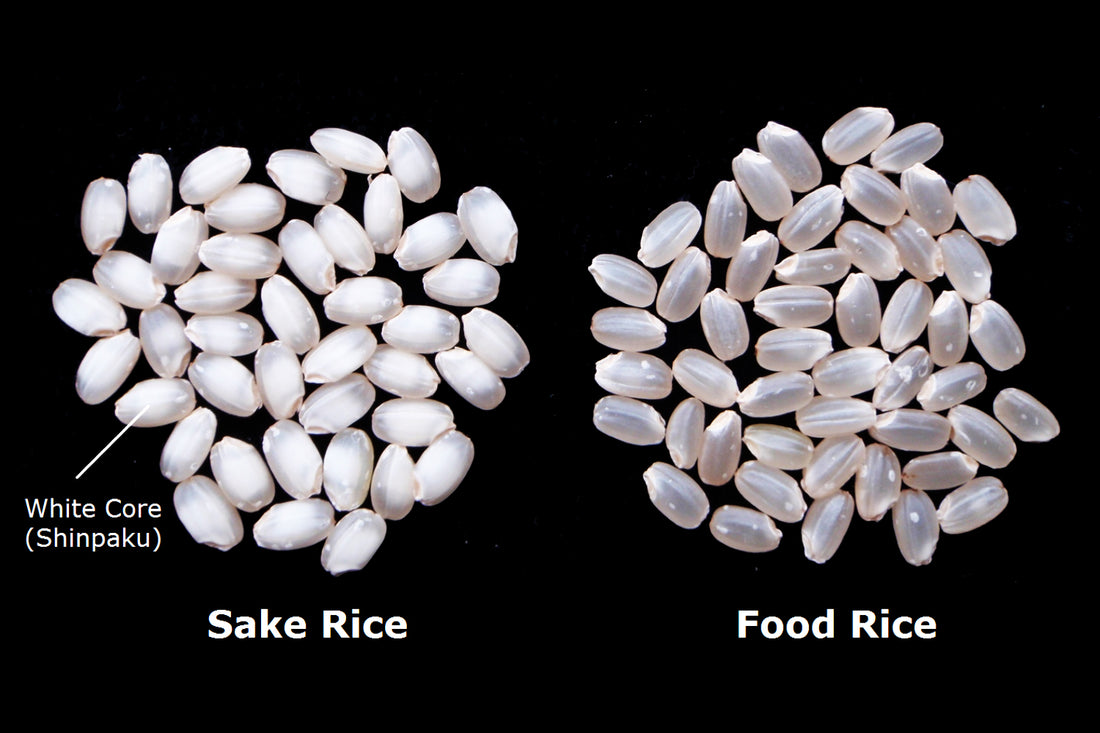
Sake Rice: A Deep Dive into the Heart of Japan's Beloved Beverage
Share
Sake, Japan's iconic rice wine, is an elegant symphony of flavors that has captivated the hearts and palates of people for centuries. At the core of this enchanting beverage is a key ingredient that holds the secret to its delicate balance and rich complexity: sake rice. In this article, we'll delve into the world of sake rice, exploring its unique characteristics, varieties, and the craftsmanship that transforms it into the exquisite liquid we all know and love.
- The Essence of Sake Rice
Sake rice, or "sakamai," is a special type of rice that has been cultivated specifically for brewing sake. Distinct from table rice, sakamai boasts unique properties that set it apart and make it the ideal choice for creating Japan's treasured rice wine. These characteristics include:
- Larger grains: Sake rice grains are larger than those of table rice, allowing them to absorb more water and produce a higher yield of sake.
- Higher starch content: The heart of a sake rice grain, known as the "shinpaku," contains a higher concentration of starch, which is essential for producing the sugar needed for fermentation.
- Lower protein and fat content: Sake rice has less protein and fat compared to table rice, resulting in a cleaner, smoother flavor in the final product.
- Polishing: Unveiling the Shinpaku
To create the best possible sake, the outer layers of the rice grains are polished away, a process known as "seimaibuai." This milling removes the bran, proteins, and lipids, leaving behind the starchy core, or shinpaku. The polishing ratio, or the percentage of rice remaining after milling, has a significant impact on the final sake's style and quality. The more the rice is polished, the more refined and delicate the resulting sake will be. For example:
- Junmai: Minimum 30% of the rice grain milled away, leaving 70% remaining.
- Ginjo: Minimum 40% of the rice grain milled away, leaving 60% remaining.
- Daiginjo: Minimum 50% of the rice grain milled away, leaving 50% or less remaining.

- Celebrated Sake Rice Varieties
There are numerous varieties of sake rice, each with its own unique properties and flavor profiles. Some of the most renowned types include:
- Yamada Nishiki: Often hailed as the "king of sake rice," Yamada Nishiki is prized for its exceptional shinpaku and ability to absorb water. Sake made from this rice often has a delicate, fruity aroma and a smooth, clean finish.
- Gohyakumangoku: Known for its light, crisp flavor profile, Gohyakumangoku is the second most popular sake rice variety. It produces sake with a refreshing taste and subtle, nuanced aromas.
- Koshihikari: Although primarily a table rice, Koshihikari is also used for brewing sake, especially in the Niigata region. Sake made from Koshihikari is characterized by its clean, dry taste, with a hint of the rice's natural sweetness.
- The Artisan's Touch
The transformation of sake rice into a refined and elegant beverage is a testament to the skill and dedication of the "toji," or master brewer. Through a delicate dance of washing, soaking, steaming, and fermenting, the toji coaxes the very essence of the rice into a liquid that captures the soul of Japanese craftsmanship. Each step in the process requires precision and care, ensuring that the resulting sake is a true reflection of the rice's

1 comment
I am trying to find and buy samples of the different levels of polished sake rice.